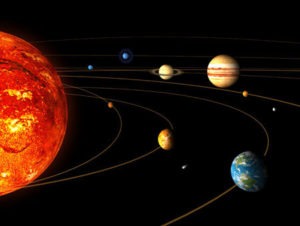A planetary gearbox is a gearbox with the input shaft and the output shaft aligned. A planetary gearbox is utilized to transfer the biggest torque in the many compact form (known as torque density).
The bicycle’s acceleration hub is a superb example of a planet-wheel mechanism: Perhaps you have ever wondered how you can get so much power and capabilities in such a small hub? For a three-quickness hub, a one-stage planetary equipment system is used, for a five-velocity hub a 2-stage.  Each planet gear system has a reduction state, a direct coupling and an acceleration mode.
Each planet gear system has a reduction state, a direct coupling and an acceleration mode.
In mathematical terms, the tiniest reduction ratio is 3: 1, the largest is 10: 1. At a ratio of significantly less than 3, the sun gear becomes too large against the planet gears. At a ratio greater than 10 the sun wheel becomes too small and the torque will drop. The ratios are often absolute i.e. an integer number.
Whoever invented the planetary gearbox isn’t known, but was functionally described by Leonardo da Vinci in 1490 and has been used for centuries.